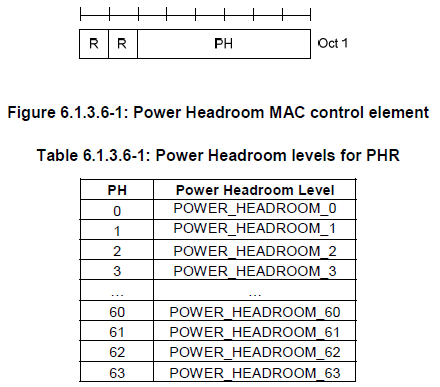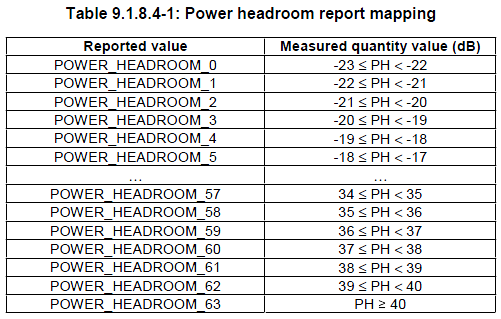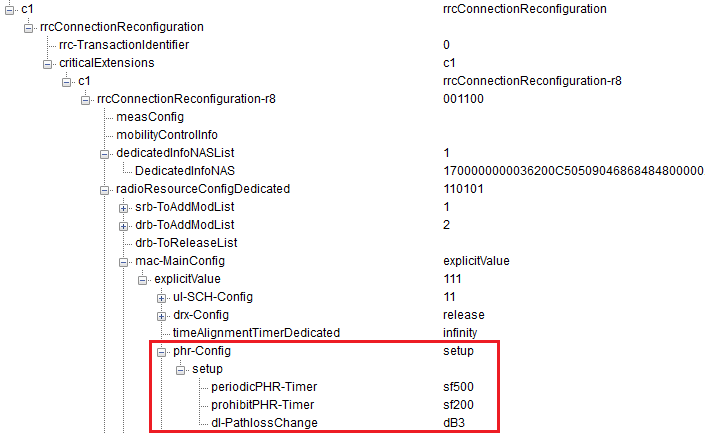In LTE, when a UE wants to communicate with an
eNodeB (cell), one of the first things it has to do is get its timing adjusted using
PRACH (Physical Random Access Channel) procedure. Why do we have to adjust the
timing for the UE in LTE? To answer this question let us look at the following scenario:
UE1 is located near the cell edge and UE2 is
located closer to the eNodeB as shown in the diagram. Both the UEs need to
access the network for services and to do that they will first use the PRACH to
initiate communications with the eNodeB. The PRACH is a collision based common
Uplink (UL) channel used by all UEs in a cell to first communicate with the
eNodeB. During this critical first communication the eNodeB will give the UE
three important pieces of information:
1. a temporary
identifier (C-RNTI)
2. permission to
transmit on the UL (Grant)
3. ADJUST the UEs
UL transmission time
Lets focus only on the "adjustment of the UEs UL
transmission time". Each time a UE enters a cell or powers on in a cell the UE
needs to read the Downlink (DL) transmissions of the cell. To be able to read
the DL transmissions it needs to understand where radio frames/subframes/slots
start and end, in other words it synchronizes with the cell transmissions on
the DL. The propagation delay experienced on the DL for UE1 is
δ1 and propagation delay experienced on
the DL for UE2 is
δ2. In other words
δ1 > δ2, because UE1 is further away from the eNodeB than UE2. It is
important to note that UEs will use the DL arrival of sub frames as a reference
to determine the time of transmission of its UL subframe.
Given this scenario (if we do not make any adjustments)
the following will happen. Let us look at the timeline starting at subframe t
and ending at subframe t+1 at the eNodeB. Lets assume that the eNodeB allocates
Resource Block 3 on the UL for the subframe starting at time t to UE1.
-
Since UE1 receives the signal from eNodeB with a
propagation delay of δ1, UE1's UL transmission time for subframe t will start
at time (t+ δ1) with respect to eNodeB
-
UE1 receives UL allocation for subframe starting
at time t, its transmission will be received by eNodeB starting at time (t+δ1+δ1)
since UL transmission will also experience propagation delay (assumed to be
equal for DL and UL)
-
Effectively the UE1's UL transmission for the subframe
t will be received at the eNodeB starting at {t+(2*δ1)} and ending at {(t+1) + (2*δ1)}
Now let us see what happens if UE2 is allocated Resource
Block 3 on the UL for the subframe starting at (t+1)! Note that this should be
OK if there was no propagation delay!!
-
Since UE2 receives the signal from eNodeB with a
propagation delay of δ2, UE2's UL transmission time for subframe starting at (t+1)
will start at time {(t+1) + δ2} with respect to eNodeB
-
UE2 receives UL allocation for subframe (t+1), its
transmission will be received by eNodeB starting at time {(t+1)+δ2+δ2} since UL
transmission will also experience propagation delay (assumed to be equal for DL
and UL)
-
Effectively the UE2's UL transmission for the subframe
(t+1) will be received at the eNodeB starting at {(t+1) + (2*δ2)} and ending at
{(t+2) + (2*δ2)}
As can be seen from
the timeline diagram, the start of UE2's UL reception at {(t+1) + (2*δ2)}
overlaps UE1's transmission which ends at {(t+1) + (2*δ1)}. Keep in mind δ1>δ2.
If we do not make adjustments to UE timings, these overlaps will exist creating
interference and resulting in reception failures at the eNodeB. One way to
avoid this is to adjust the timing for every UE in the cell by measuring the
propagation delays at the eNodeB for each UE in the cell. This is what is
achieved by the PRACH preamble procedures.

When the PRACH preambles are sent, the eNodeB will
measure the arrival delay for each UE and convey to each UE (via MAC signaling)
the amount of timing adjustment it must do prior to its next transmission. For
example, if UE1 and UE2 advance their timing and start their UL transmissions earlier
by 2δ1 and 2δ2 respectively, their transmissions will be received at the
appropriate subframe start and end times. This will prevent any collisions and
interference with their transmissions.




